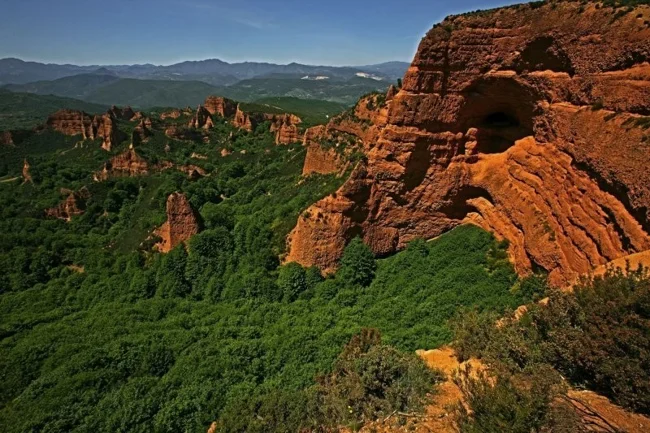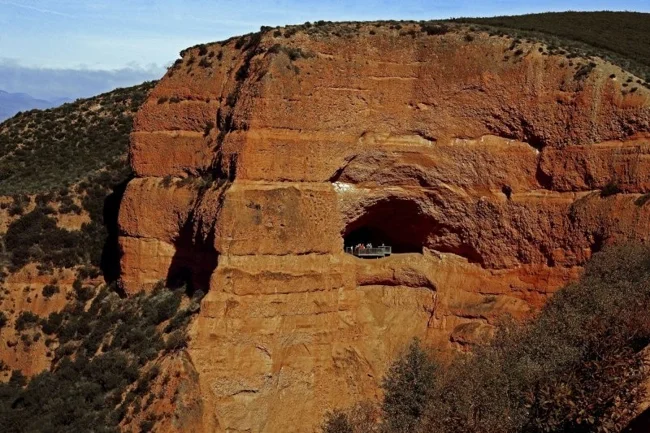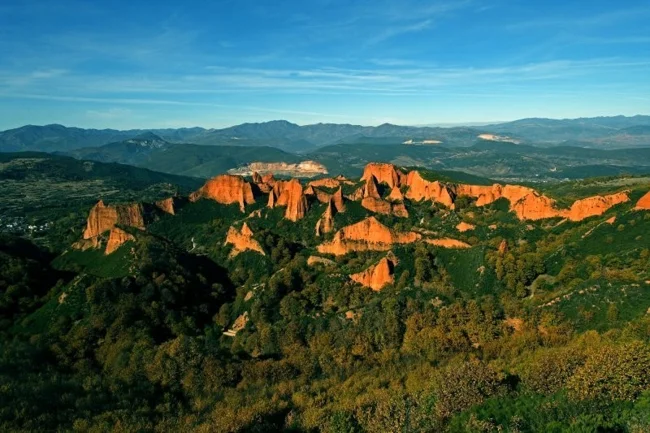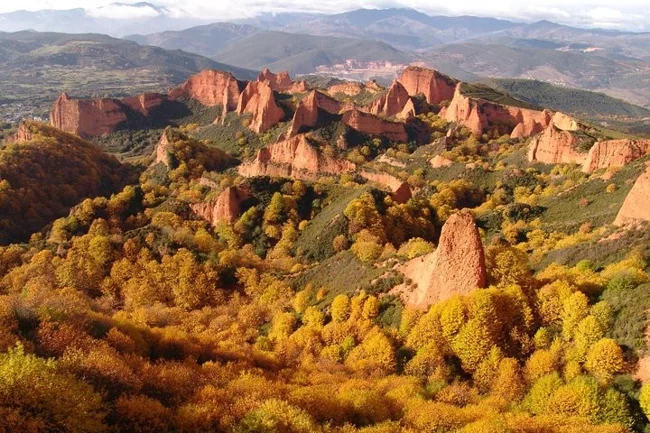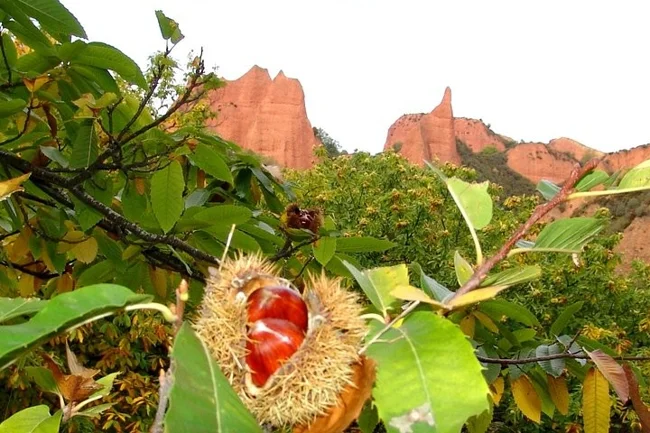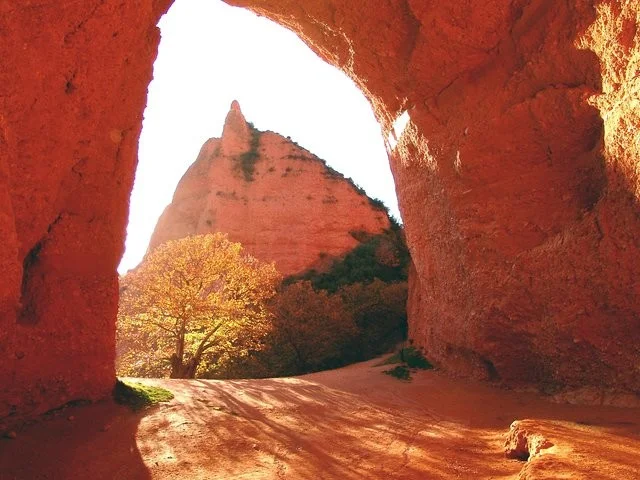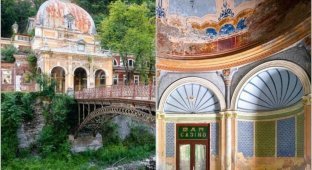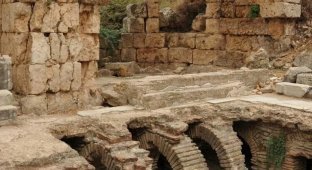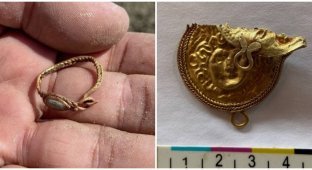The ruins of Las Médulas, once the golden abyss of the Roman Empire (10 photos + 1 video)
This incredible, jagged landscape of red mountains and green chestnut groves is the legacy of two centuries of rapacious Roman gold mining. 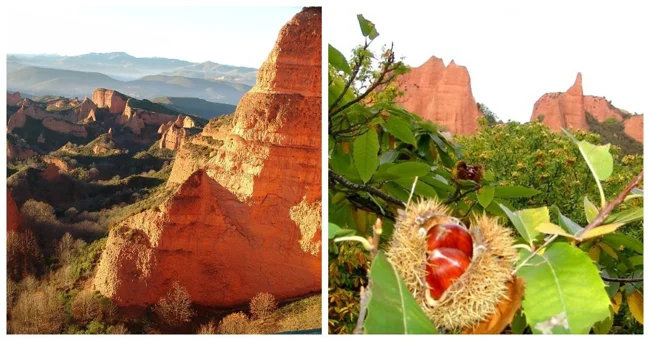
The famous Las Médulas, a historic mine near the Spanish city of Ponferrada, was the largest quarry in the entire Roman Empire in ancient times. 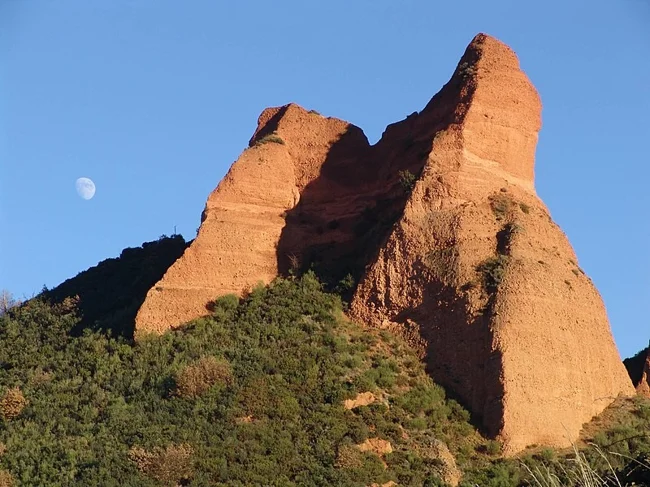
The Romans began exploiting gold deposits in northwestern Spain in the first century AD, using a method based on the power of water. This ingenious system, called ruina montium—or "mountain breaking"—used the force of water to collapse rock and expose the precious metal. 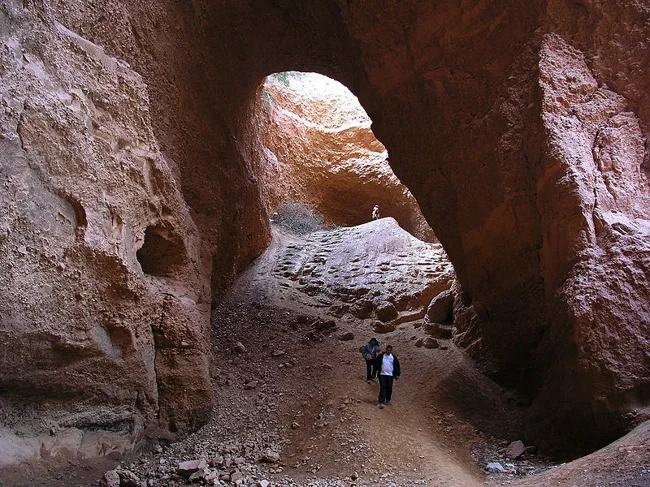
Described by Pliny the Elder in 77 AD, the technology involved digging a network of narrow cavities in the mountains and pumping water under enormous pressure. The water's force crushed massive rock walls and washed gold-bearing alluvial soils into special troughs, where the precious metal was extracted. More than 6.5 tons of gold were mined annually from these mines. 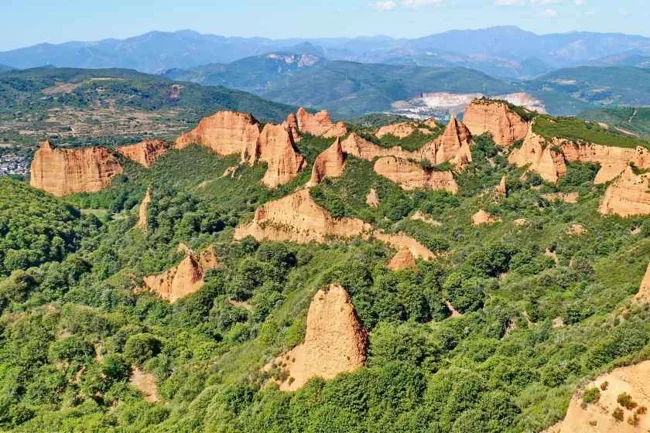
After two centuries of depleted deposits, the Romans departed, leaving behind a devastated land where the sad, vivid traces of this amazing ancient engineering are still visible. Now this territory is cut by eroded gullies, crowned by towers of solid rock, and dotted with underground galleries, which border beautiful chestnut groves. 